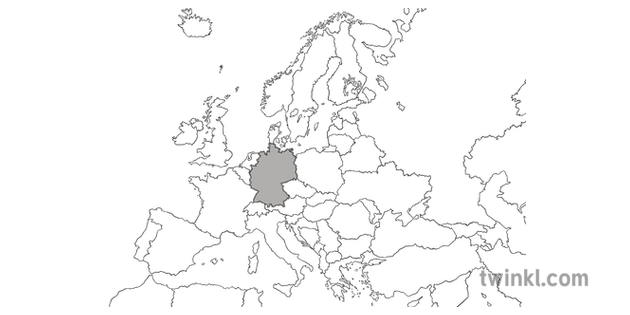What type of physical feature, found in Europe, has been most responsible for successful trade and cultural diffusion?
Rivers
True or False: A direct result of the Cold War was that The U.S. and Soviet Union became strong, lasting allies.
FALSE
Which of the following characteristics best reflects Europe as a region?
A. desert, oil, and religion
B. desertification and civil war
C. age of industrialism and cultural contributions
D. overpopulation and economic growth
C. Age of industrialism and cultural contributions
The argument that "increased trade can bring prices down" would be which type of justification made for the adoption of the EU (European Union)?
Political, Cultural, or Economic
Economic
World War I affected Europe’s political boundaries by—
A. Decreasing the land area of the continent
B. Giving new nations independence
C. Increasing the influence of Aztec religion
Giving new nations independence
The effect of the Chernobyl nuclear accident in 1986 on the population was—
Many died of radiation poisoning and were forced from their homes
The Cold War is often viewed as an ideological war between American liberalism (capitalism/democracy) and----
Communism
Which event in European history involved a time of starvation and disease that resulted in many Irish people dying or leaving Ireland due to the loss of the potato crops.
The Irish Potato Famine
After the collapse of the Soviet Union, the government encouraged ___________, which favored the wealthy.
Privatization
Millions of people died in concentration camps during World War II because Hitler blamed them for Germany’s problems. This event is known as the —
Holocaust
What is an environmental problem related to the shrinking of the Aral Sea?
Air and water pollution
-Focuses on social welfare
-High tax rates
-Provides universal health care and education
-Government controls major industries
The characteristics described above represents which type of government system, as seen in Norway?
Socialism
The USSR built the Berlin Wall to—
Prevent their population's access to freedoms
If the major source of income for your country comes from tourism, this implies most of your country's economy is in which economic sector (primary, secondary, tertiary, or quaternary)?
Tertiary
What military tactic is being shown here?
Trench Warfare
Which biome is characterized by "low-growing plants" that grow in limited sunlight and cold temperatures?
Tundra
Countries in Eastern Europe such as Belarus, Czechoslovakia, and Poland were under Soviet influence during the Cold War. These countries served as—
Satellite Nations
True or False: The Trans-Siberian Railroad primarily decreased settlement in the eastern parts of Russia.
FALSE
Which economic system encourages entrepreneurship with little to no government oversight?
Free-enterprise/free-market
Which event below best represents the outcome of World War I?
1. Germany emerged as a Superpower
2. An alliance was formed between the US and Germany
3. There were fewer casualties than in previous wars
4. Germany was blamed for most of the devastation and destruction
4. Germany was blamed for most of the devastation and destruction
Fjords, which provide excellent harbors for fishing, were created by—
Glaciation

Which European country is the grey country shown above?
Germany
The graphic below represents which social hierarchy that existed in Europe during the middle ages?
Feudalism
How has the climate of Siberia affected Russia's infrastructure, and by result it's economic geography?
It's harsh and frigid climate renders most roads unusable, due to cracks and ice build-up, which makes it difficult to transport goods and trade throughout the region.
What was the Iron Curtain in Europe?
a political boundary dividing Europe into two separate areas from the end of World War II in 1945 until the end of the Cold War in 1991